1lumen selects and reviews products personally. We may earn affiliate commissions through our links, which help support our testing.
Fenix TK11 TAC tactical flashlight REVIEW
Table of contents
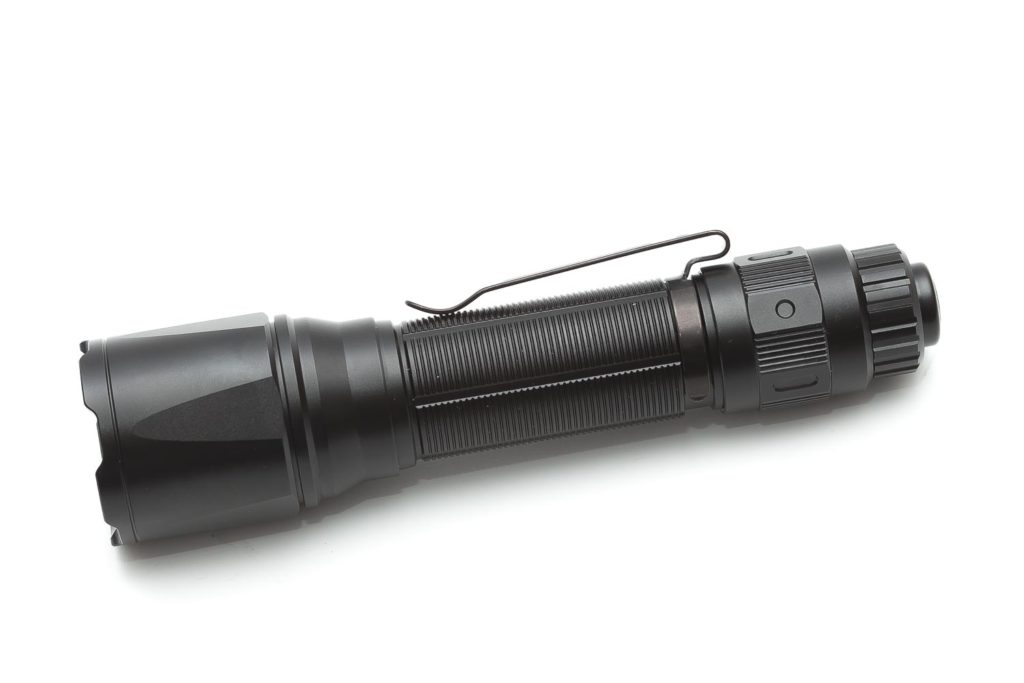
Specifications
| Brand/model | Fenix TK11 TAC |
|---|---|
| LED | Luminus SST40 |
| Lumens | 1,600 lm |
| Beam intensity | 27,893 cd |
| Battery config. | 1*18650 / 2*CR123A |
| Material | Aluminum |
| Modes | 3 |
| Blinkies | Strobe |
| Reflector | Smooth |
| Waterproof | IP68 |
| Review date | October 2020 |
INTRODUCTION:
Fenix is probably one of the most well known tactical flashlight makers in the industry. After reviewing several well known flashlight from their lineup, including the TK22, PD36R, PD35 Tac, I am excited to see what the TK11 has to offer. On paper, it’s looking pretty good, in terms of output, throw and runtime. I’ll test this to see if their claims are trustworthy. And since my trust in their specs, I’m actually pretty sure they are trustworthy.
Package quality.
The TK11 TAC comes in a carton box, with just a few accessories.
- The TK11 TAC flashlight
- 3500mAh 18650 battery with USB charge port
- Pocket clip (already attached)
- 2 spare o-rings
- Holster
- Some papers; warranty card, manual and mini brochure
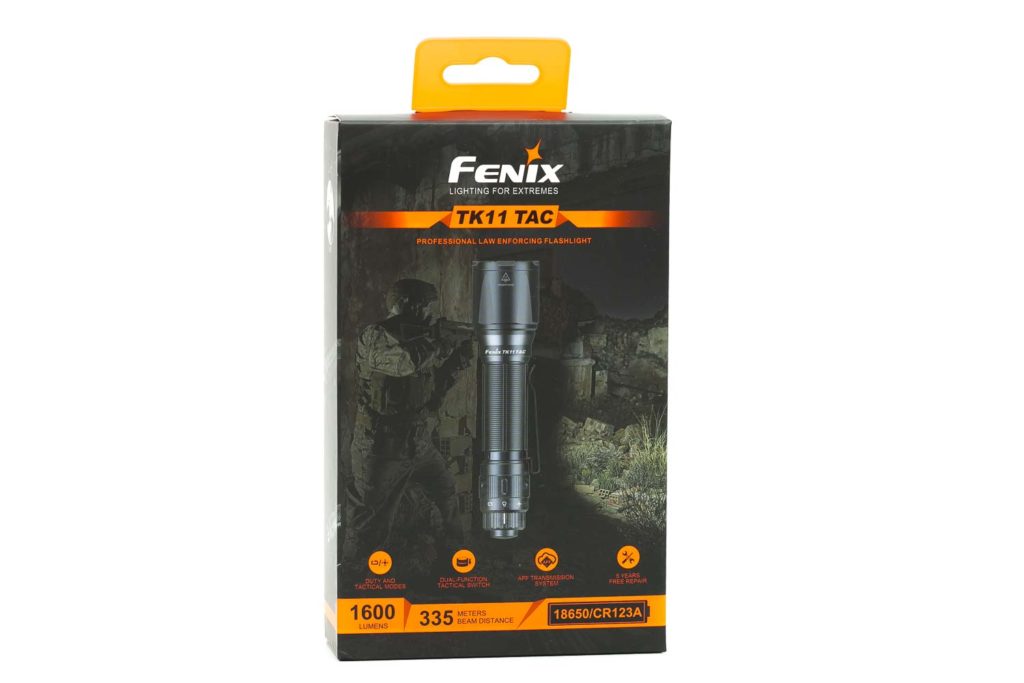
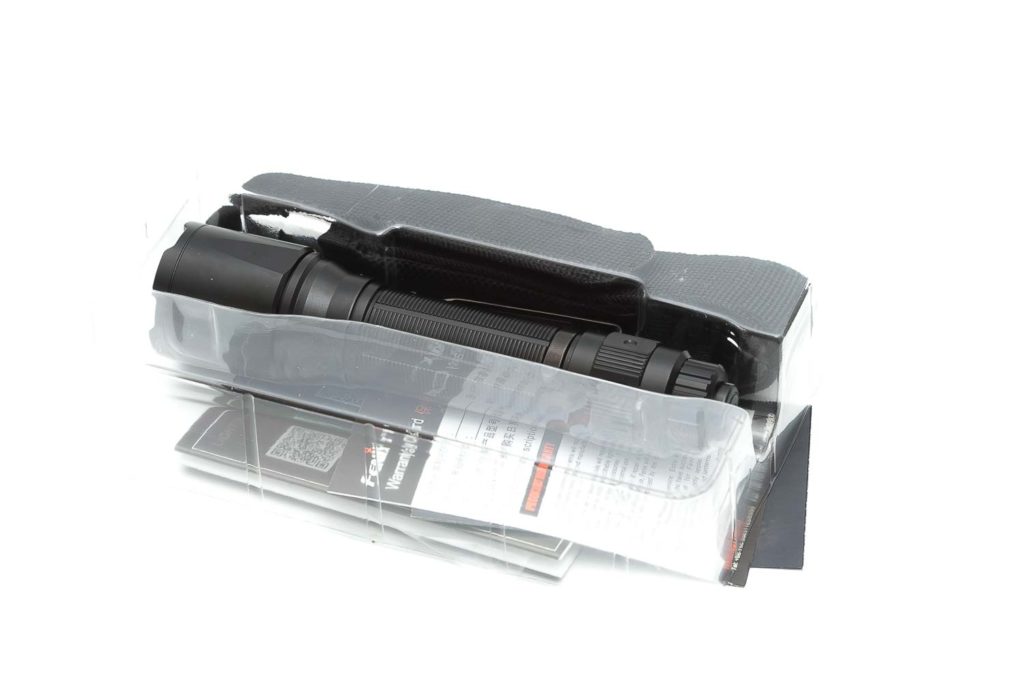
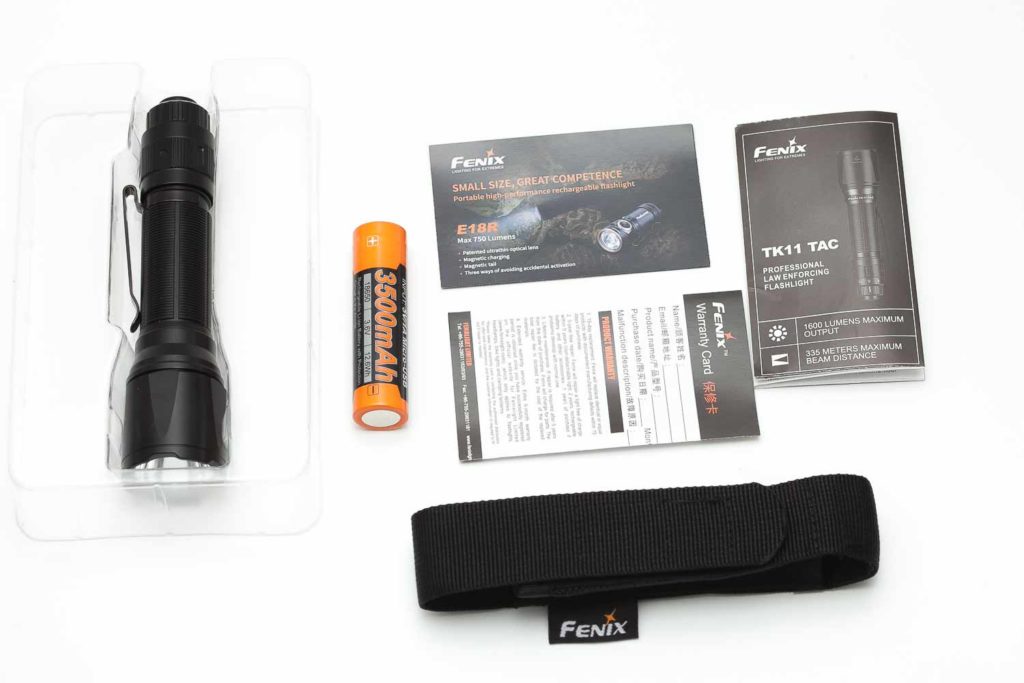
Handling of the light
Fenix decided to go a different route with the TK11 TAC. Instead of using a classic push-switch, they incorporated a dial and push switch. The dial has 3 settings: Tactical, Off and Normal modes. There is no side switch, so handling it in a ‘tactical position’ is recommended.
The push switch also isn’t your regular kind of clicky switch and it needs some time to get used to. It doesn’t do that ‘click’ thing. It feels more like a piston or something. I don’t really know how I should explain the feeling. When you press the switch completely, there is no click sound, but you feel a little more resistance.
With the 3 settings on the dial, you can have instant access to High and Strobe. And that is done on purpose of course since it’s considered a tactical flashlight.
The pocket clip is attached and can be taken off, but it’s pretty tight. You can rotate it, but all sides of the flashlight are the same. With some flashlights, you’d want to have the clip in a certain position because of a side switch, but that’s not the case with the TK11. The pouch/holster you get with the TK11 has a large loop for your belt and a smaller loop to use for something like a chain or a hook. That’s the only other option you have besides putting it in your pocket because it doesn’t come with a lanyard. Nor is there a strong lanyard attachment point in case you wanted to add one yourself. The only attachment point is on the clip. And I’m not really sure you want to go that route.
With the protruding switch button, it’s impossible to tailstand.
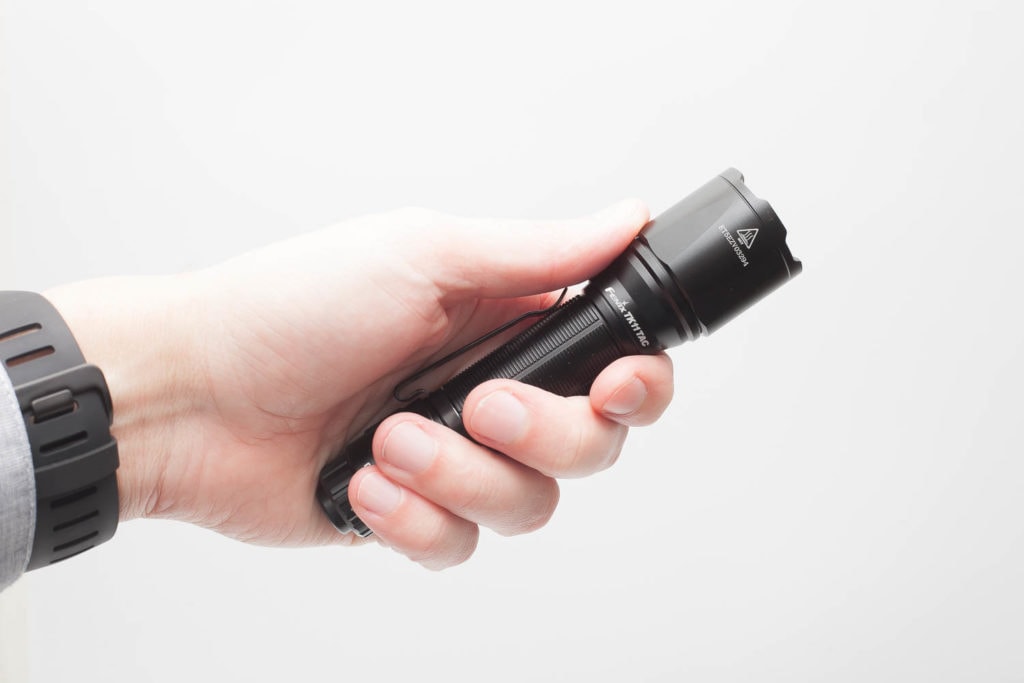
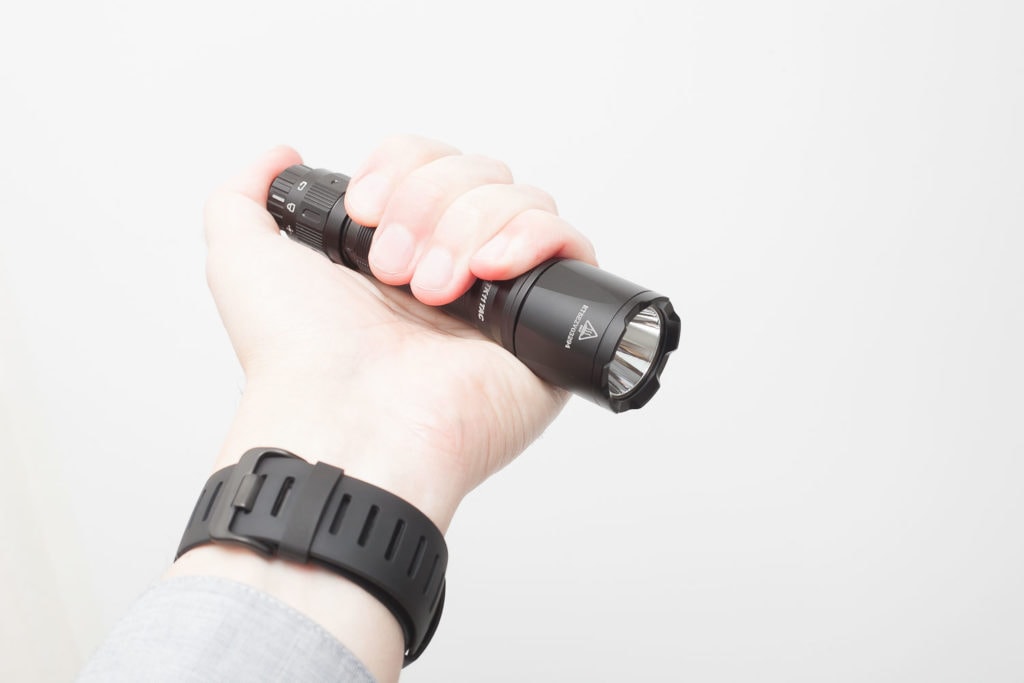
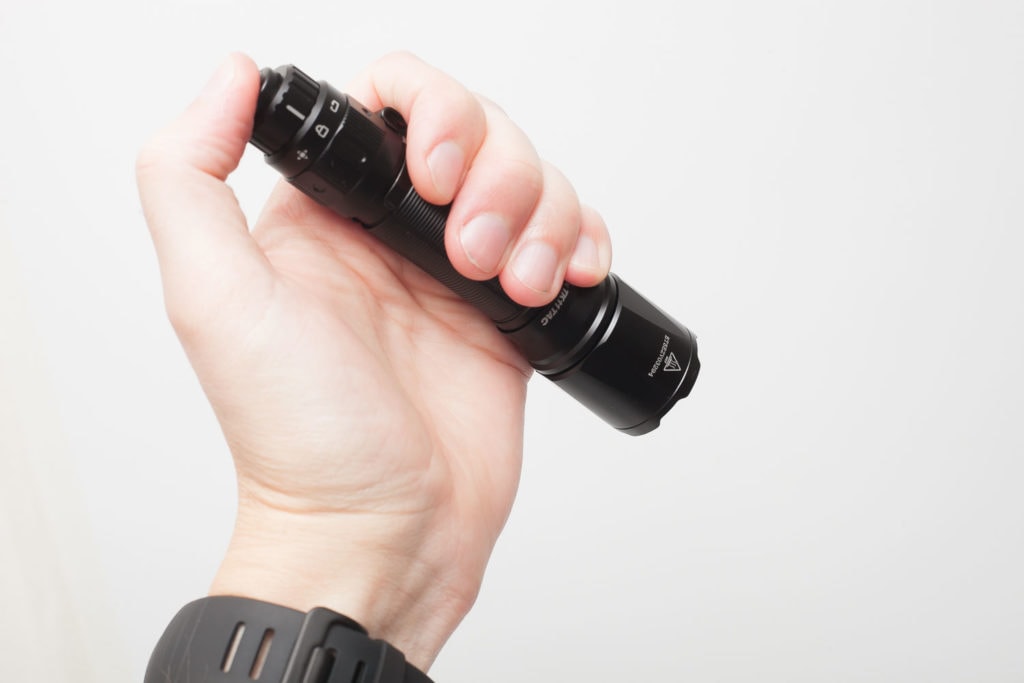
Build Quality, Knurling, Threads, and anodization
Fenix has been producing flashlights for many years. The TK11 looks good in terms of build quality. Its body has reeding instead of knurling, and doesn’t feel very rough. It can even feel a little bit slippery. The threads near the tailcap are lubed as well as the o-ring. There is a single o-ring that keep water out. The tailcap is the only part you can unscrew. Neither the bezel, nor the head can be unscrewed. It’s probably all glued together.
The anodization is just like most Fenix flashlights a little bit on the shiny side. And I don’t particularly like the semi-shiny finish but this doesn’t mean it’s low quality, not at all.
All parts fit nicely, and the tailcap screw onto the body nice and smooth, just like you would expect.
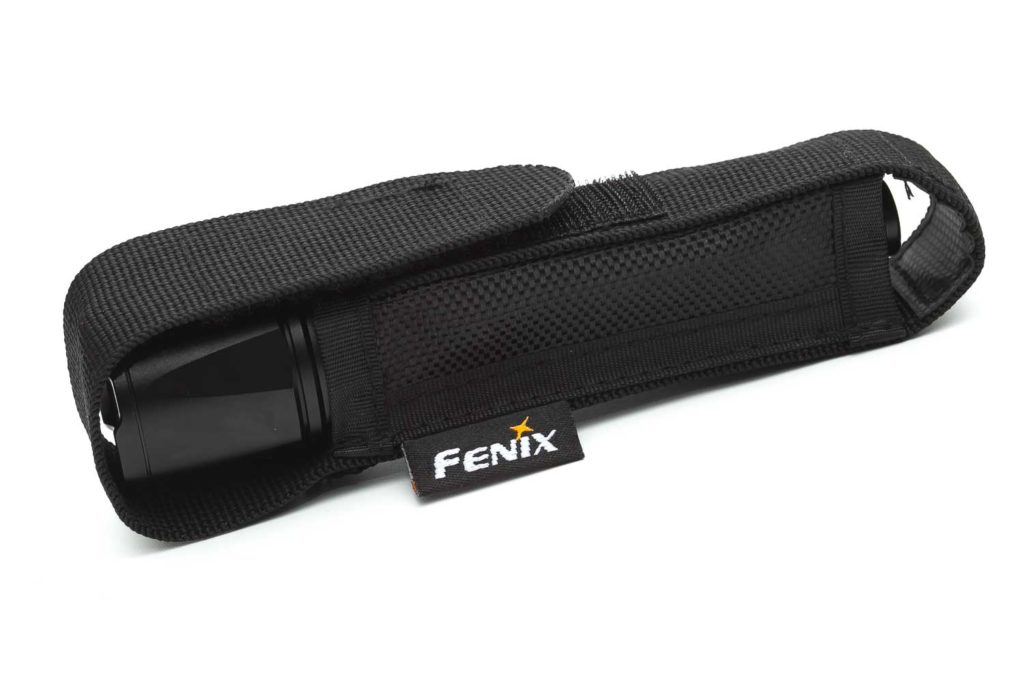

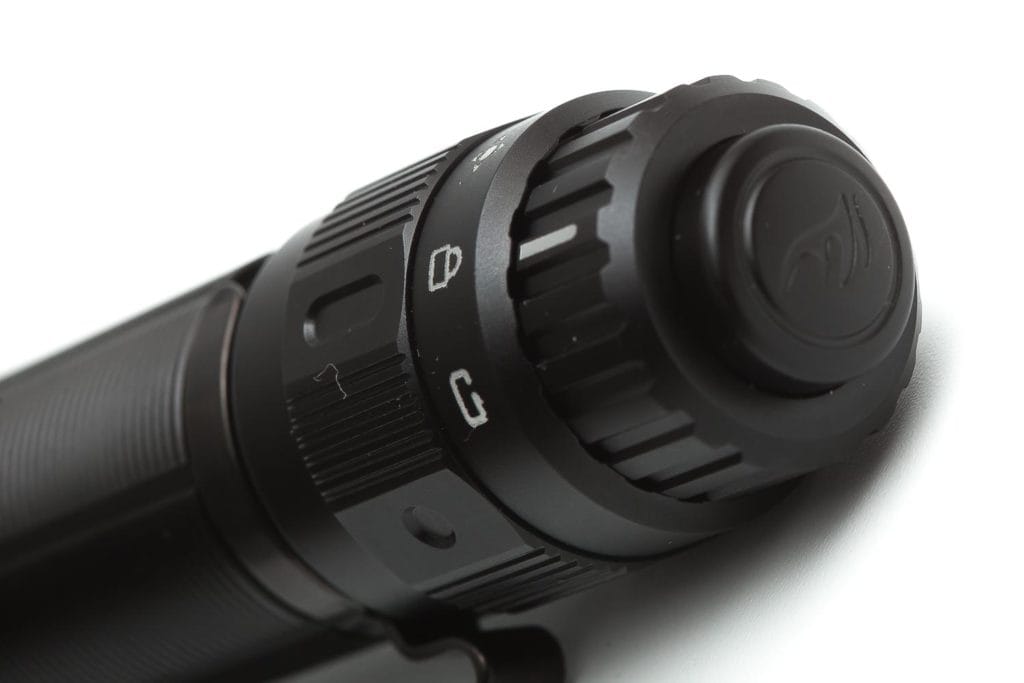
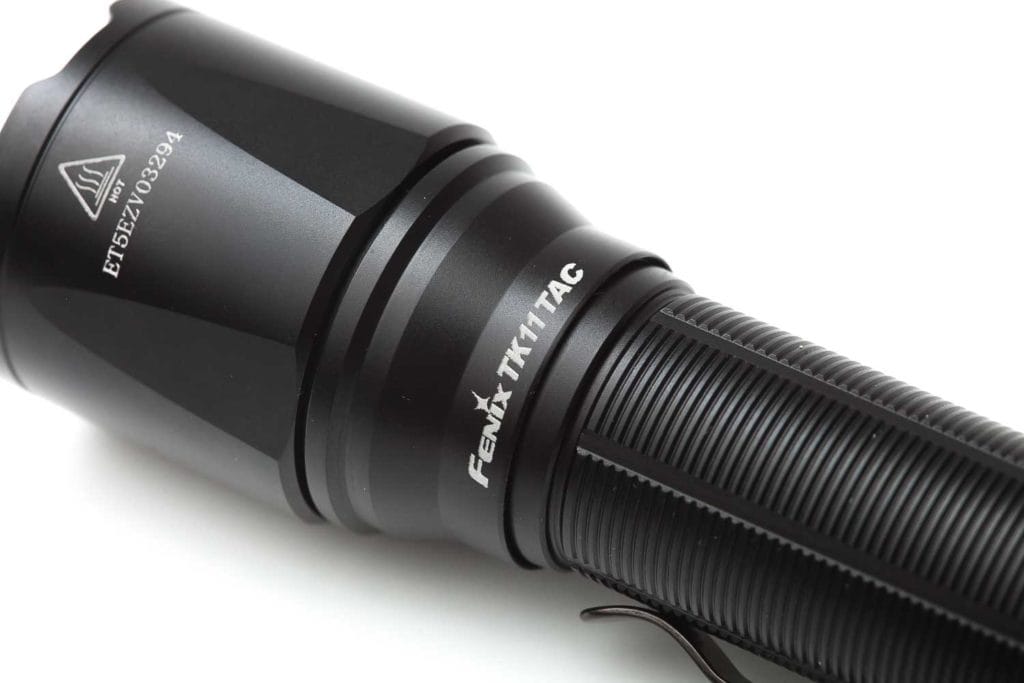
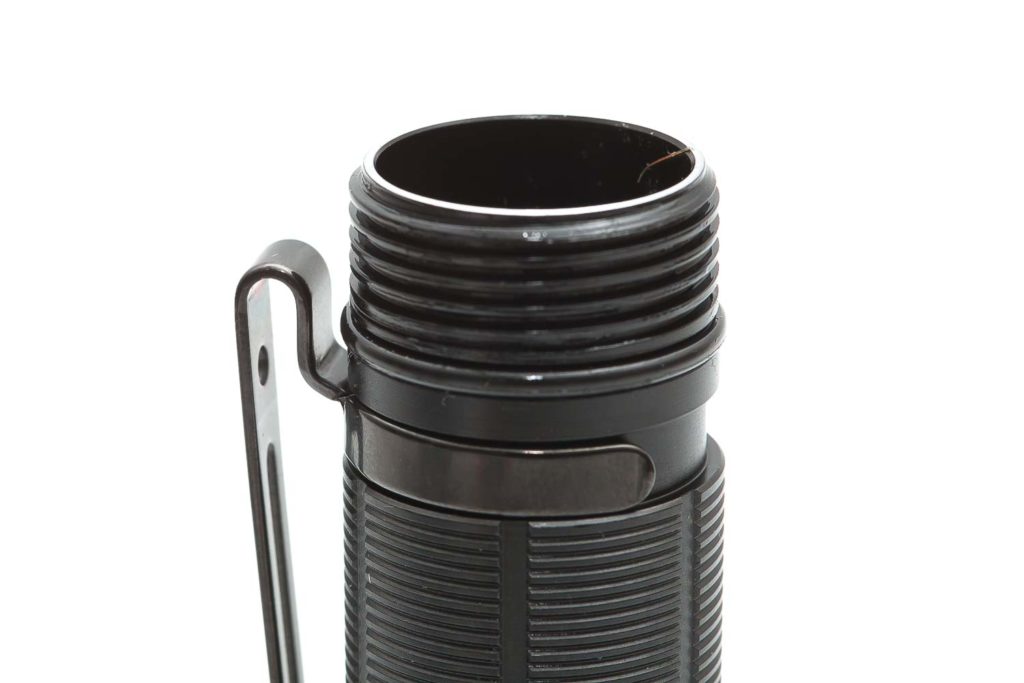
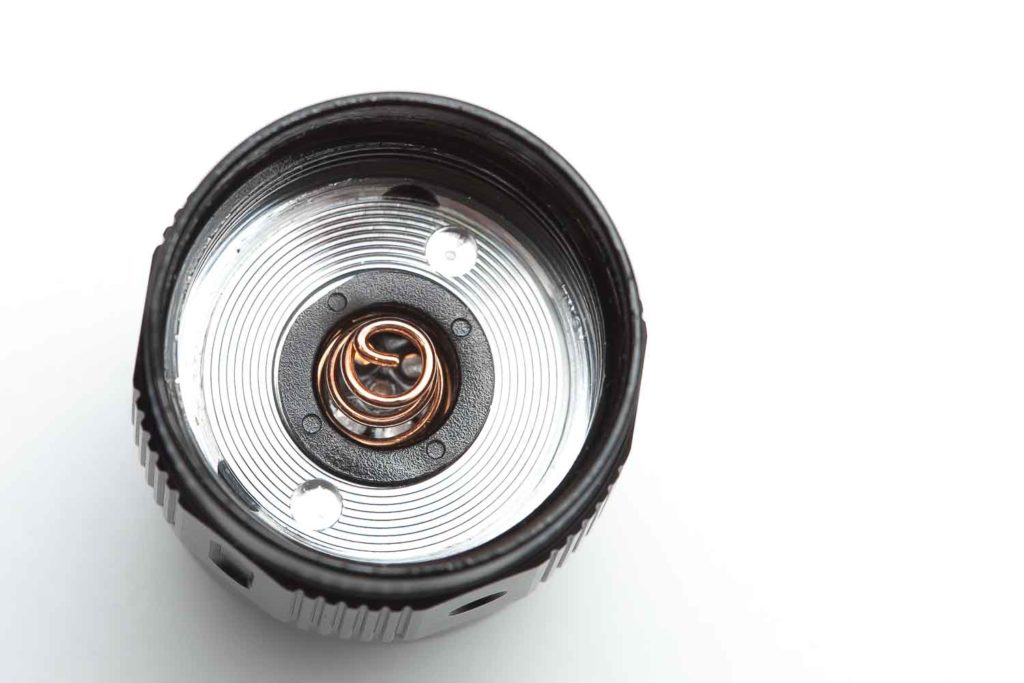
LED, LENS, BEZEL, AND REFLECTOR
The front part of the flashlight is what most people care the most about. Output, beam shape, beam color, and of course runtime. The TK11 is using a Luminus SST40 LED for a claimed maximum output of 1600 lumens and sits deep in a smooth reflector. In front of the reflector is an ultra-clear glass lens with an anti-reflective coating. Although this doesn’t make a huge difference, it’s nice to have :–)
The glass lens is protected by a crenelated bezel without any real sharp edges and that’s how it should be, if you want to keep your pockets undamaged.
One con of having a smooth reflector and a clear glass lens is that it makes all its weaknesses more apparent. An orange peel reflector makes the beam more smooth with a less concentrated hotspot. The TK11 TAC has a clear hotspot and some sort of rings. It’s not that bad, but some white wall hunters do care about this 🙂 I think this is much worse if you use it for indoors, or close up work, but not outdoors. You can see a slightly green hue in the lowest output, but that’s no longer noticeable when you increase the output.
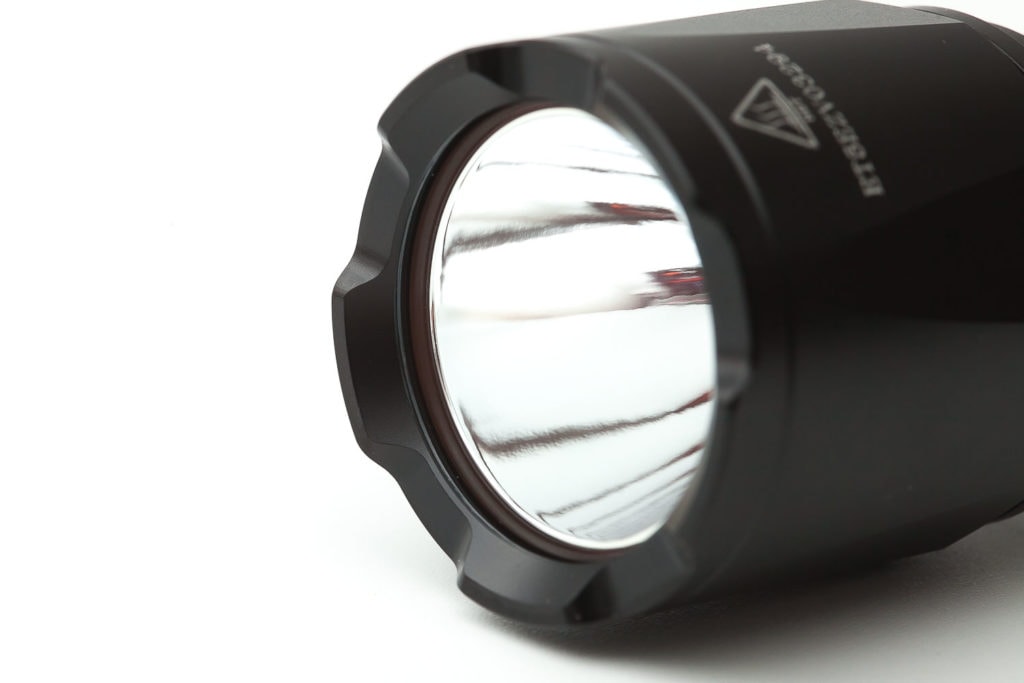
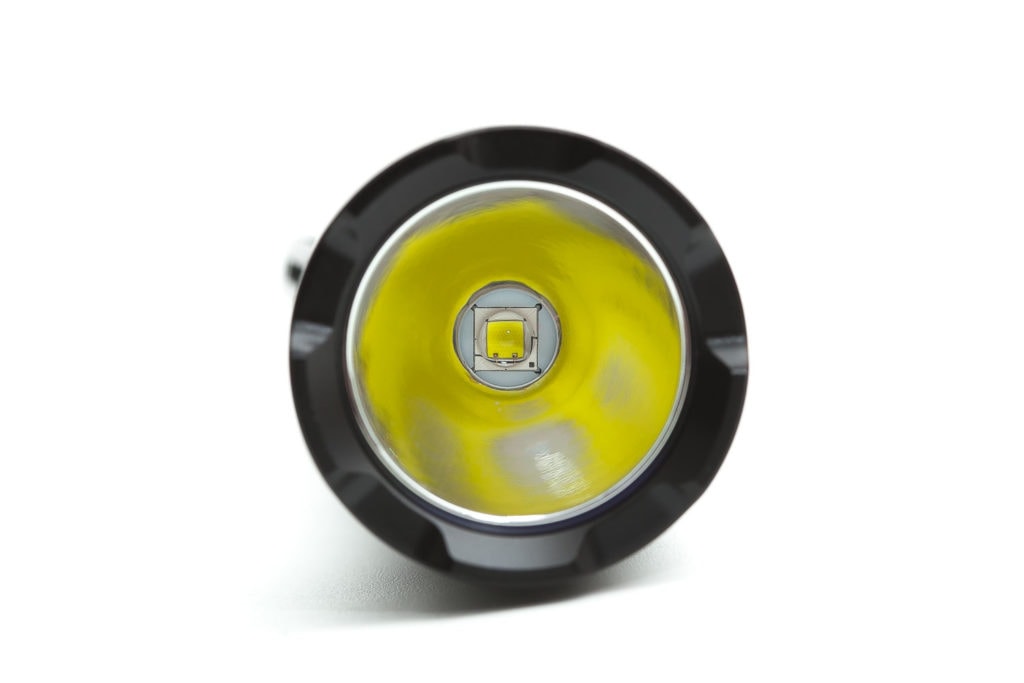
Flashlight Dimensions
- Length: 140 mm / 5.5 ”
- Head diameter: 34 mm / 1.34 ”
- Body diameter: 23.4 mm / 0.92 ”
Weight:
- Empty: 160.3 g / 5.65 oz
- With battery: 210 g / 7.41 oz
Tactical flashlights
Size compared to other great tactical flashlights.
Image 1 and 2: From left to right: Fenix PD35 Tac, Thrunite TN12 v4, Fenix TK11 TAC, Nitecore MH25GTS, Olight Warrior X PRO, Fenix TK22 v2.
And most of my Fenix collection:
Image 3: From left to right: Fenix E12 v2, Fenix E35 v3, Fenix PD35 Tac, Fenix TK11 TAC, Fenix PD36R, Fenix TK22 v2, Fenix TK30.
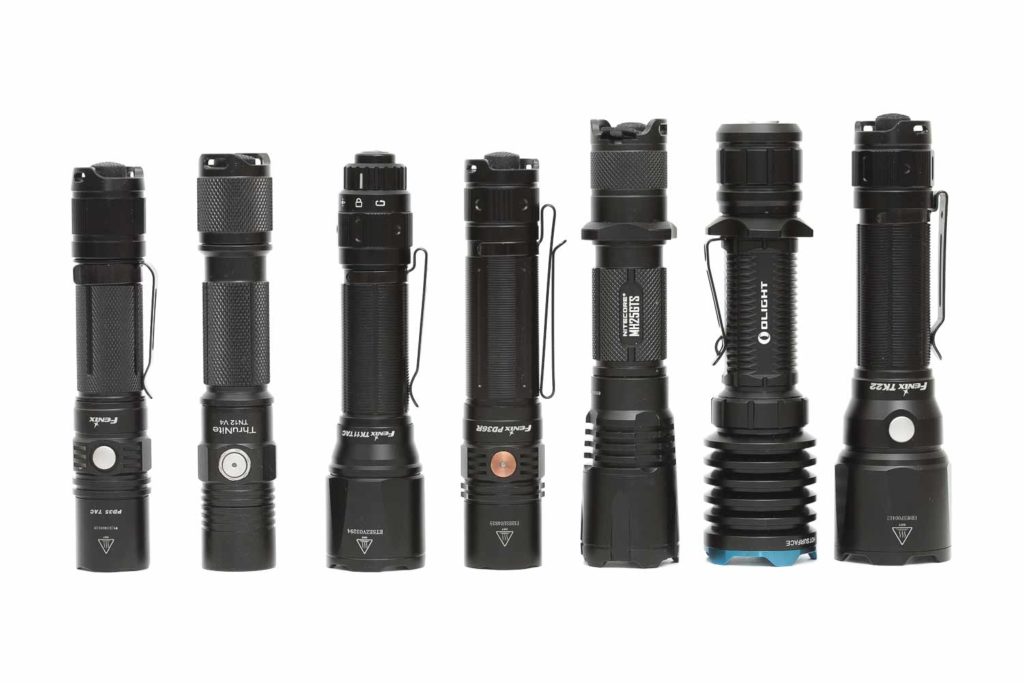

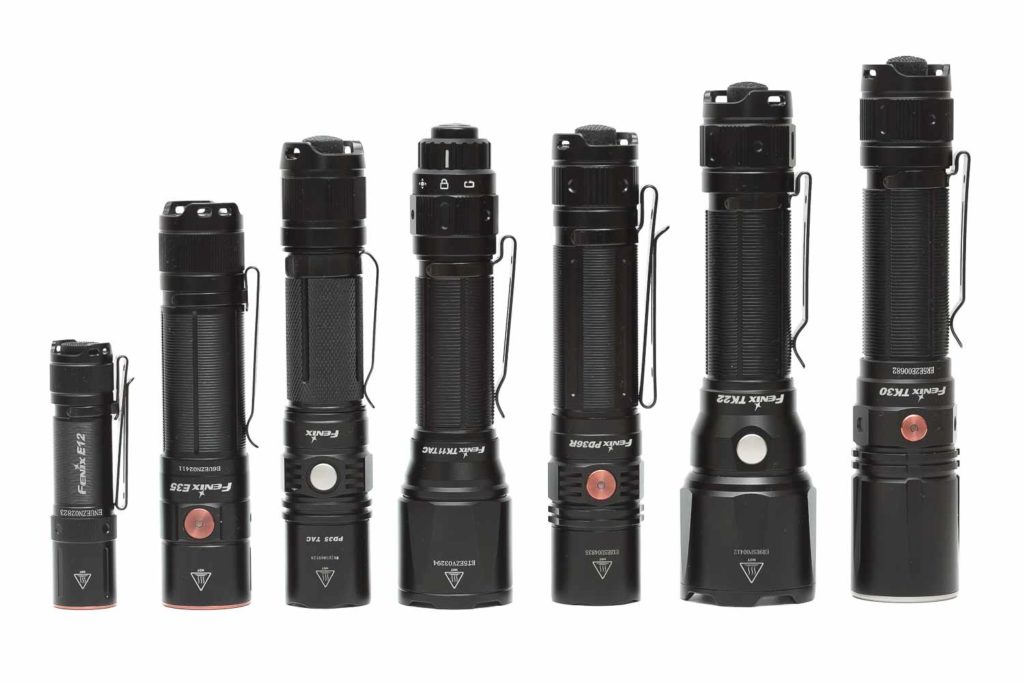
Driver & User Interface:
The TK11 TAC has a double-switch assembly. The dial is used to select the user interface with either the Tactical mode group or the Duty mode group. The Duty mode group works a little like your average user interface with 3 modes and a strobe feature.
Available modes:
- Low, Medium, High
- Strobe
From OFF in Tactical Mode:
- Half-press: High momentary
- Single-click: High continuous
- Press and hold: Strobe
FROM OFF IN DUTY MODE:
- Half-press: momentary on and changing modes
- Single-click: continuous on
- Press and hold: Strobe
From ON:
- Half-press: Cycle through the modes from Low to High if you are in Duty mode. Or turn off if you are in Tactial mode.
- Single-click: Off
- Press and hold: Strobe
Mode memory:
- Yes
Blinky modes menu:
- Strobe. Always accessible with a press and hold.
Low battery warning:
- Yes, if you look at the runtime graph you can see there are vertical lines, which means the light was shortly off. This is the low voltage warning.
Lock-out mode:
- The dial has a lockout mode, but I would suggest just unscrewing the tailcap to be safe.
PWM:
- Not visible by eye.
Batteries & Charging
Fenix included a 18650 battery with a capacity of 3500mAh. Its model number is ARB-L18-3500U and contains a Micro USB charge port on the side of the positive terminal of the battery. Unfortunately, they are not included by default, so you have to buy one separately.
Whilst charging, there is a red indicator LED visible at the positive terminal which turns blue when it finishes charging.
Instead of using a 18650 battery, you are also able to use 2*CR123A batteries. The max voltage is 6V, so you shouldn’t use rechargeable 16340 batteries.
Unprotected, flat tops (18650) fit without a problem.
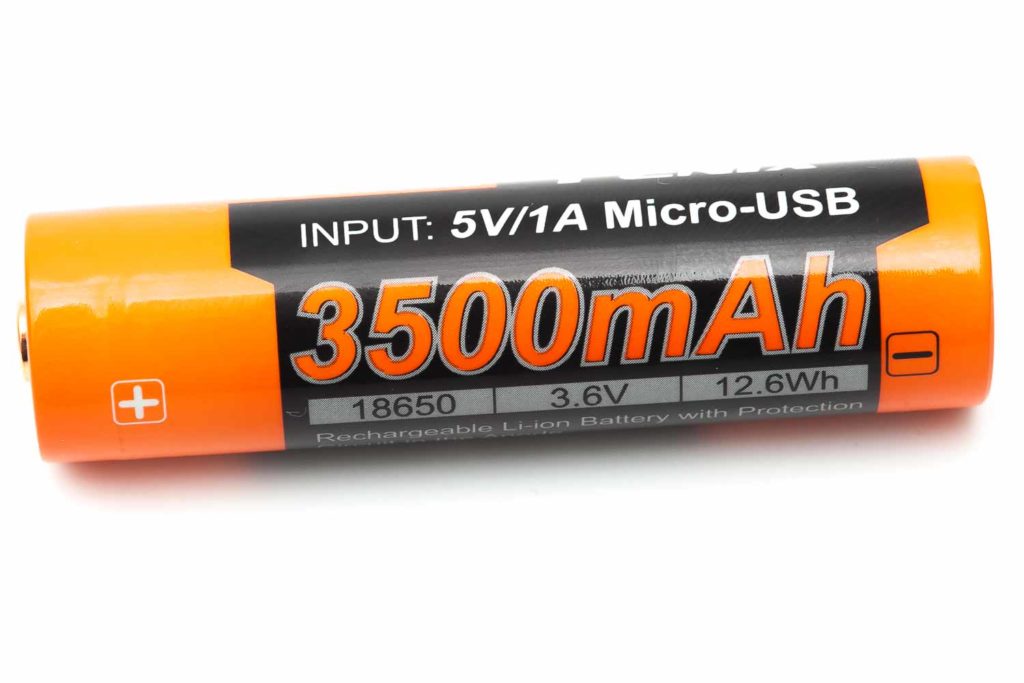
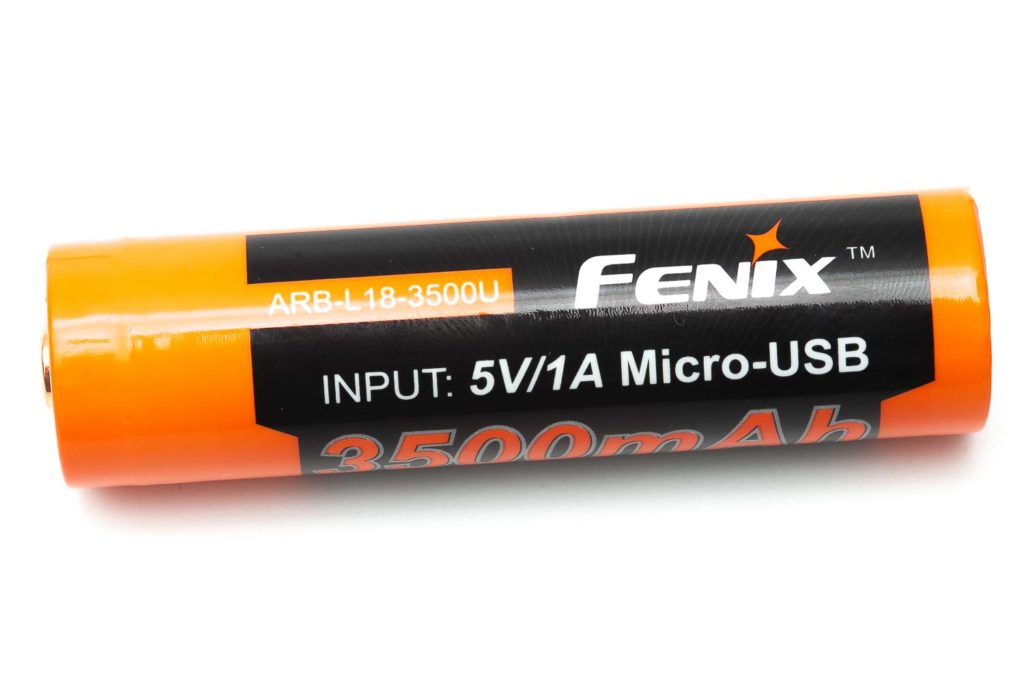
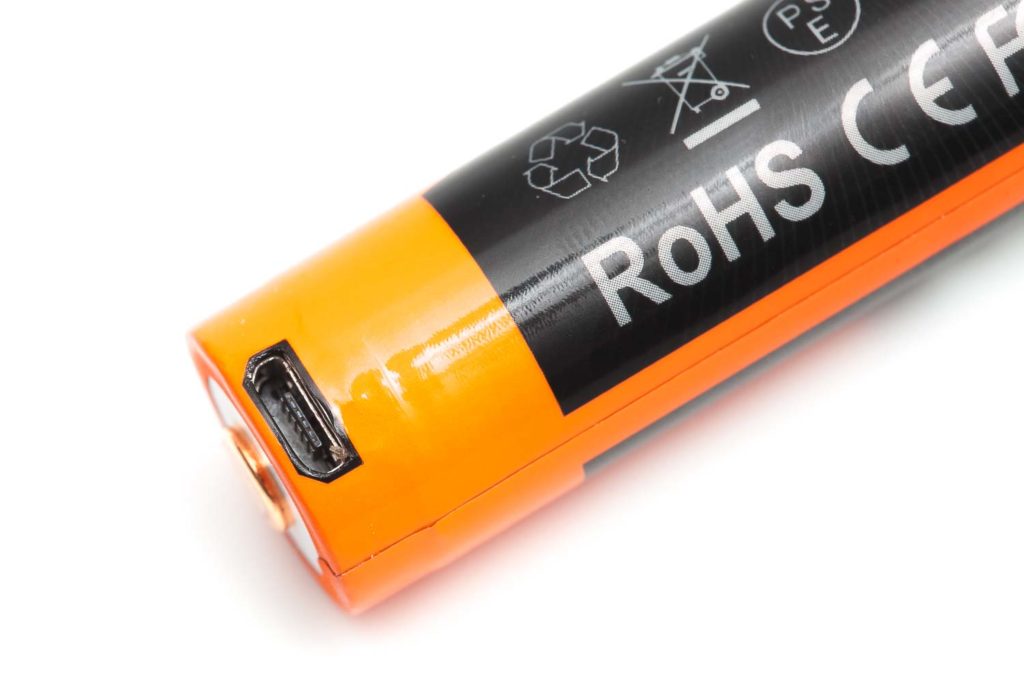
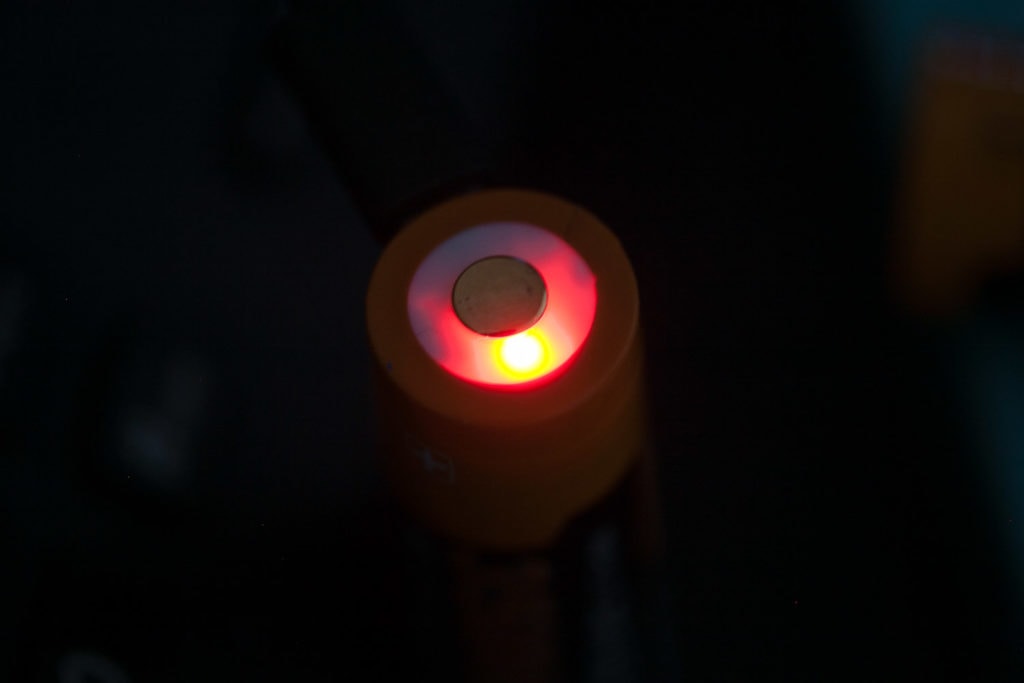
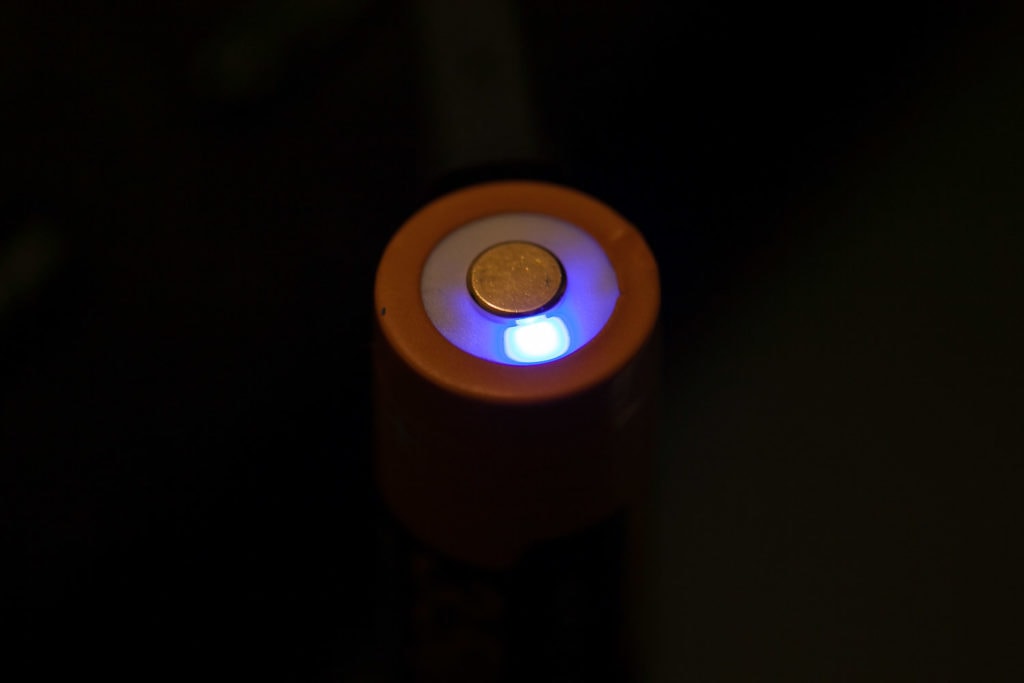
Performance
Lumen measurements:
All output numbers are relative for my home-made Integrating Sphere. It is set up with an Extech SDL400 Lux Meter for measurements including a Kenko PRO1D ND-16 filter. The base measurement is done with a Convoy S2+ that has been tested at 255 lumens.
All of my readings were taken from a fully-charged Fenix 3500mAh 18650 battery .
Amps were measured with a Fluke 77III, at the tailcap.
| . | Mode | Amp at start | Manufacturer’s specs | @30 seconds | @startup |
| Fenix TK11 tac | Low | 50 | 51.68 | 51.68 | |
| fenix 18650 | Medium | 500 | 538 | 538 | |
| High | 3.95A | 1600 Lm | 1488 Lm | 1556 Lm |
As you can see, these numbers are pretty close to what Fenix claims. I couldn’t get Amp reading for Low and Medium, because I think the driver is inside the switch and not inside the head. Its highest output couldn’t reach 1600 lumens in my case. Also, for people who love low outputs, the TK11 is not for you.
Here is the list with most of the single 18650 throwers we reviewed, reaching 500 meters or farther.
| Flashlight | Battery | Max. Output (lm) | @30sec (lm) | Candela (cd) | Distance (m) |
|---|---|---|---|---|---|
| Noctigon KR1 | Samsung 30Q | 1061 | – | 83500 | 578 |
| Convoy C8+ | Samsung 30Q | – | – | 83900 | 598 |
| Boruit C8 | Boruit 2200 | 441 | 435 | 120000 | 693 |
| Acebeam L17 | Acebeam ARC18650H-310A | 1354 | – | 120600 | 695 |
| Lumintop GT Mini | Samsung 25R | 1176 | – | 121000 | 695 |
| Microfire Falcon H8 | Samsung 30Q | 331 | 328 | 176000 | 839 |
| Weltool T11 | Panasonic 3400 | 571 | – | 255250 | 1010 |
| Nextorch T7L (LEP) | Nextorch 2600 | 524 | 524 | 437000 | 1322 |
| Speras TH2 | Speras 3400 | 305 | – | 588100 | 1534 |
Runtime:
The runtime test was done with the 50cm integrating sphere, including the Kenko Pro1D ND-16 filter and Extech SDL400 data logging Lux Meter.
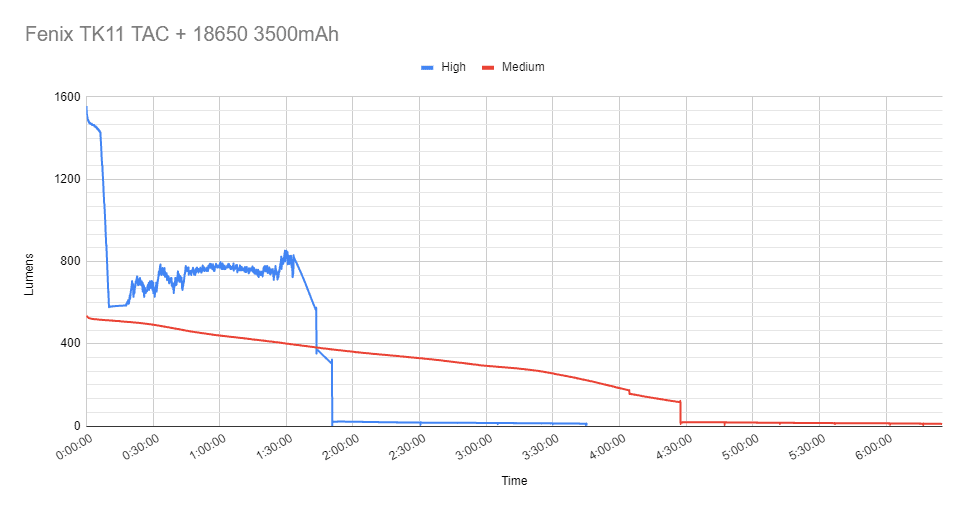
High starts out just below 1600 lumens and starts its fastest drop from 6 minutes and 30 seconds, until 10 minutes 35 seconds to stabilize around 580 lumens. Then it tries to increase output again, probably there is a temperature sensor inside. When the battery runs really low, it will still glow for 2 more hours. It then shuts off. I’m not sure if that is low voltage protection inside the flashlight or just the battery protection. If you look closely, you can see some vertical lines in the flattest line, which means it’s actually blinking.
Low was going to take more than 47 hours, and I still have many more reviews to do, so unfortunately I can’t test this. It will probably be a long straight line for 47 hours which makes this type of graph not very useful and pretty to look at.
Throw measurements
Measurements were taken both indoors and outdoors with a professional Hagner E4-X Lux Meter.
| @ 20 meters | Mfg | Measured Candela | Meters | Yards |
| High | 27,893 cd | 27,600 cd | 332 m | 363 yards |
| Med | 9,525 cd | 10,000 cd | 200 m | 219 yards |
| Low | 857 cd | 1,200 cd | 69 m | 76 yards |
| @ 5 meters | Mfg | Measured Candela | Meters | Yards |
| High | 27,893 cd | 29,625 cd | 344 m | 376 yards |
| Med | 9,525 cd | 9,925 cd | 199 m | 218 yards |
| Low | 857 cd | 975 cd | 62 m | 68 yards |
Beamshots
The shed is about 65 meters / 71 yards away.
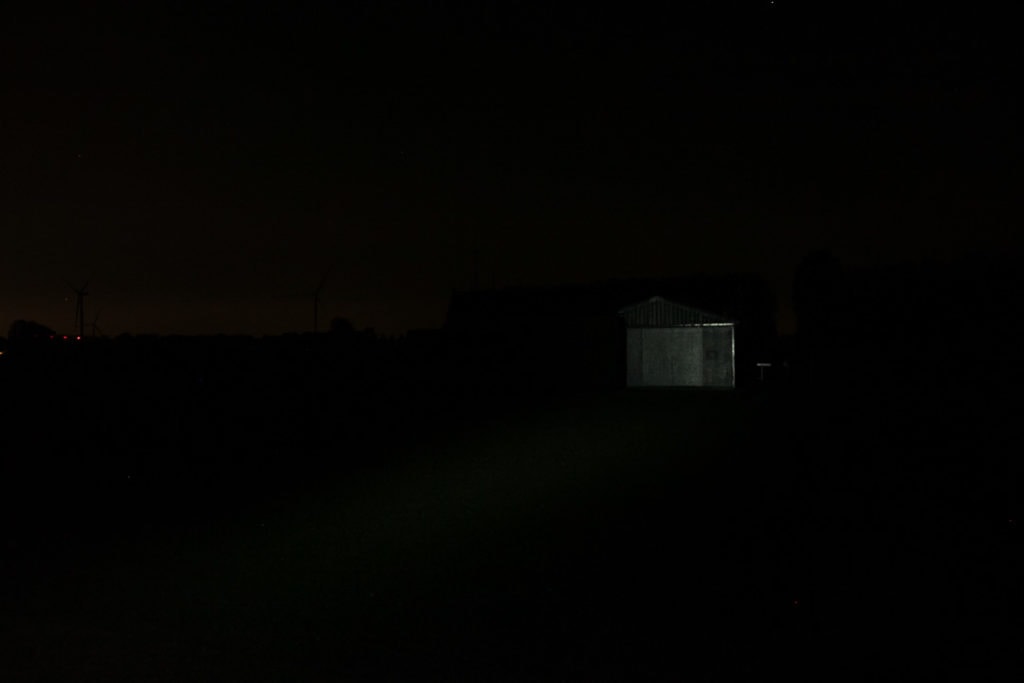
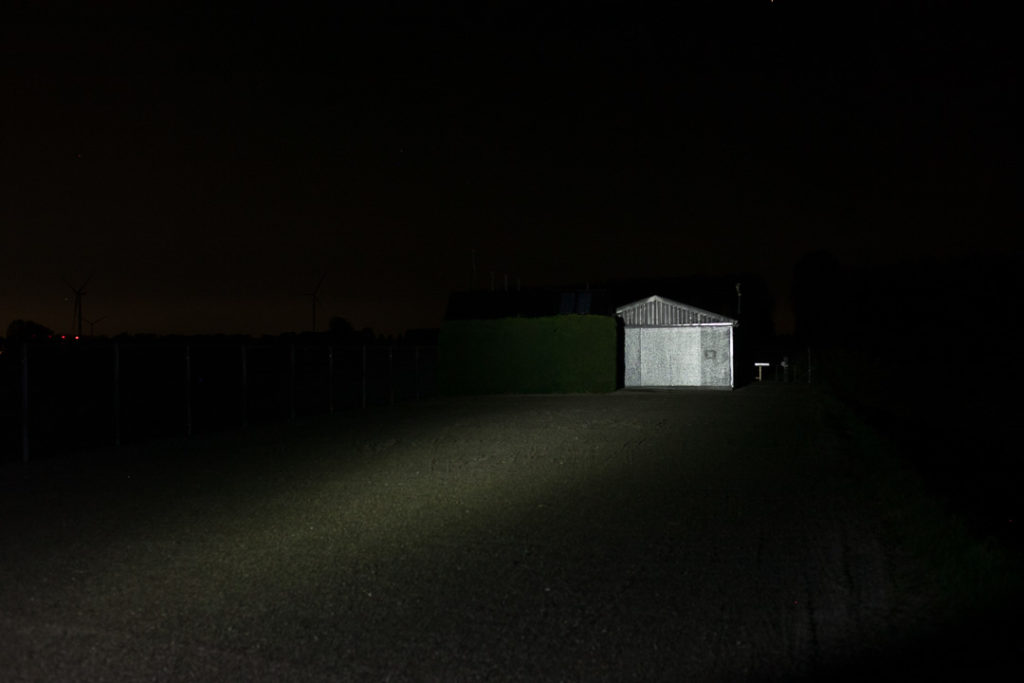
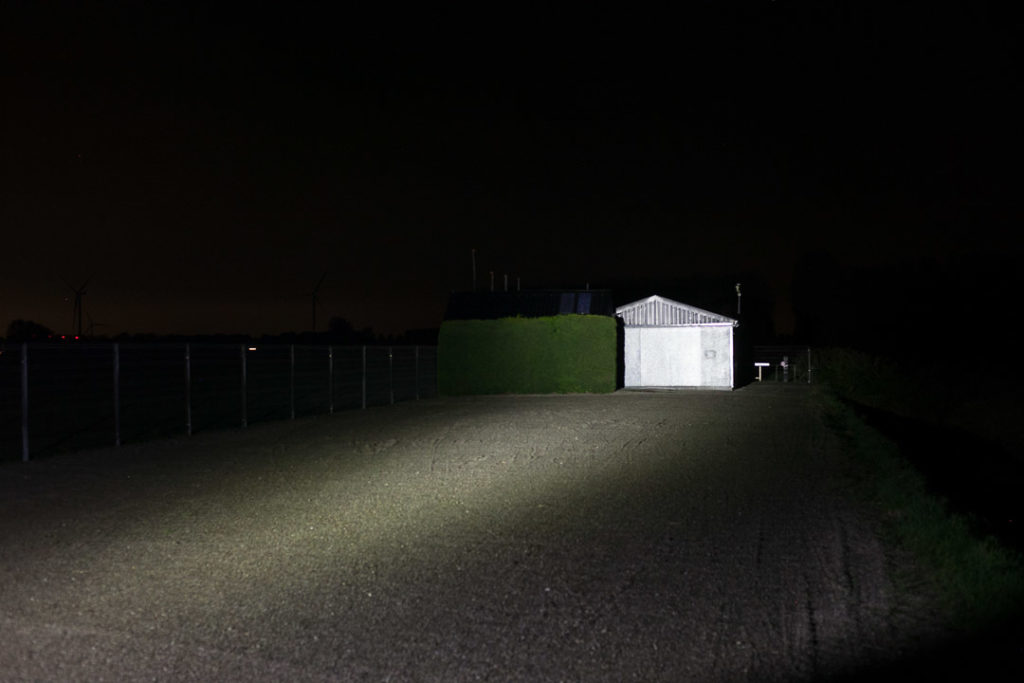

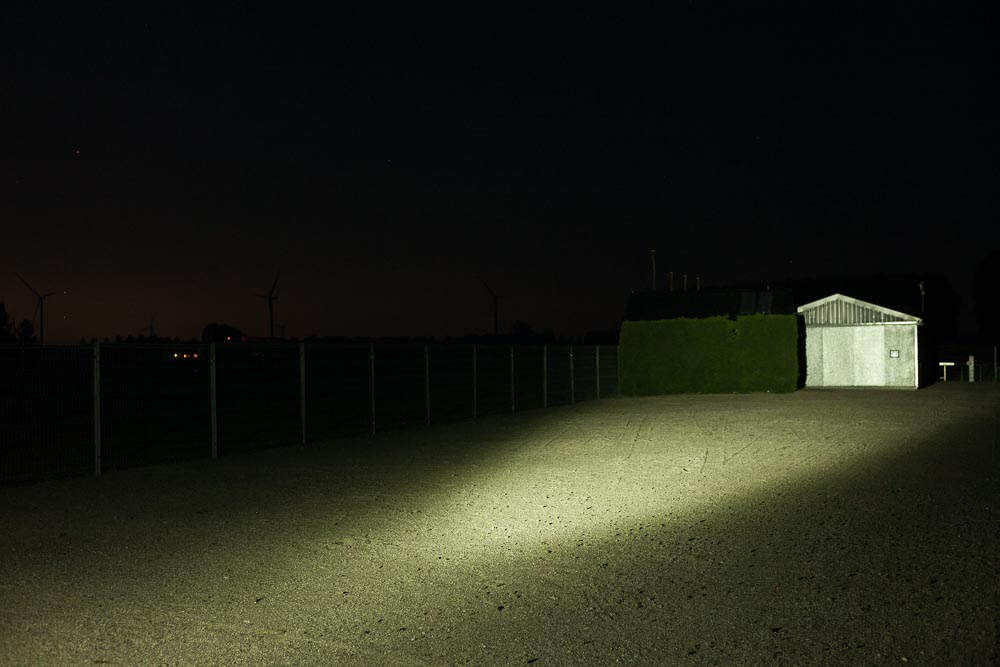
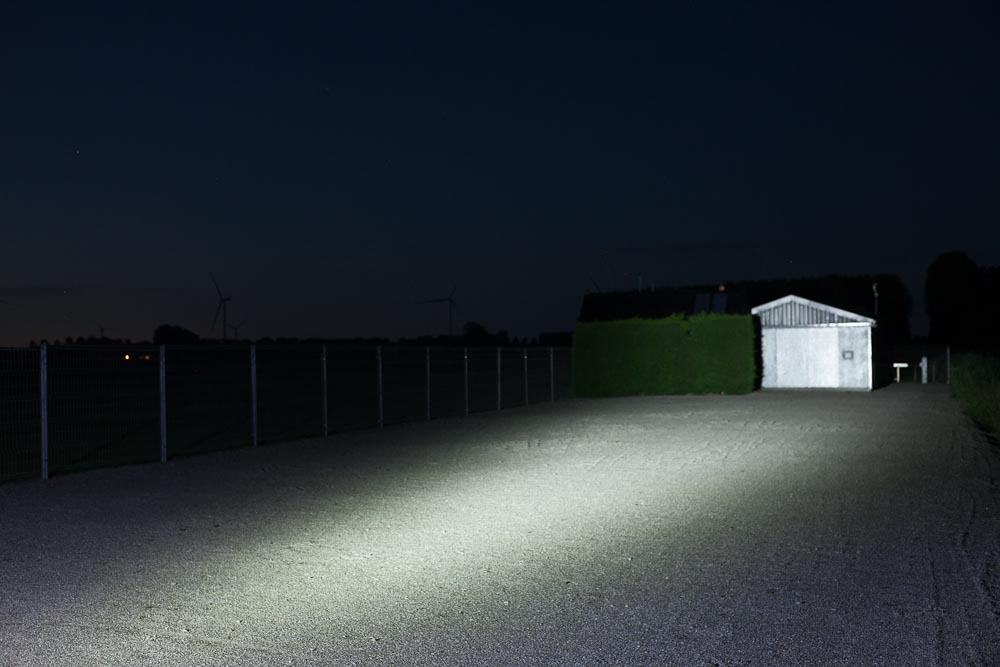
Disclaimer: This flashlight was sent to me for review at no cost, by Fenix. I have not been paid to review, nor have I been holding back on problems or defects.
OVERALL CONCLUSION
PROS
- Interesting switch design
- High quality build
- No PWM
- Instant access to High and Strobe
Cons
- No real low mode
- SST40 LED has a slightly greenish hue in Low

5 stars: ★★★★★
The Fenix TK11 TAC does what it needs to do. Being a tactical flashlight, you have instant access to High and Turbo. I don’t personally care, because this is a tactical flashlight, but some people will miss a real low mode. The dual switch design is nice and you don’t need to switch menus by X amount of clicks. Just turn the dial and you have either Tactical mode or Duty mode. Easy peasy.
Fenix TK11 TAC for sale
Get 10% off every purchase at Fenix Lighting US, by using our exclusive 1lumen discount code: 1lumen10
1lumen selects and reviews products personally. We may earn affiliate commissions through our links, which help support our testing.